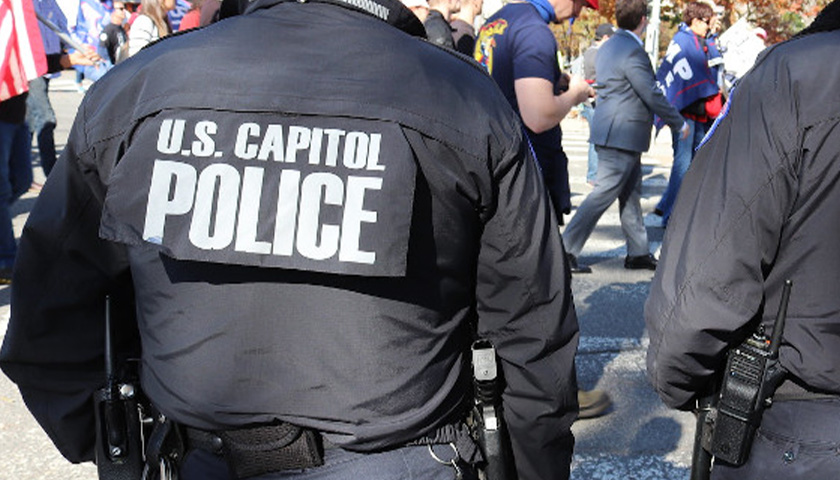
by Julie Kelly
When most Americans hear the term “Capitol Police,” they likely conjure visions of uniformed officers manning metal detectors at the numerous congressional buildings or helping tourists navigate the sprawling Capitol grounds: a D.C. version of a mall cop.
That imagery, however, is in stark contrast to reality as Democrats have weaponized yet another federal agency to target their political enemies on the Right.
After January 6, 2021, Capitol Police officials announced plans to expand beyond the legislatively authorized purview of the agency and open offices in Florida and California, as well as in other states. Congress overwhelmingly supported a bill last year to fork over $2.1 billion in new funding to the Capitol Police. Now flush with cash and immune from any serious public oversight, the agency is returning the favor by spying on dissidents of the Biden regime.
According to Politico, Capitol Police investigators are preparing secret dossiers on lawmakers, congressional staff, donors, and even constituents who visit their representatives in public or in private.
“After the Jan. 6 insurrection (sic), the Capitol Police’s intelligence unit quietly started scrutinizing the backgrounds of people who meet with lawmakers,” reporters Betsy Woodruff Swan and Daniel Lippman wrote. “Several Capitol Police intelligence analysts have already raised concerns about the practice to the department’s inspector general,” one source told Politico.
Investigators are asked to scour social media accounts and even examine “tax and real estate records to find out who owned the properties that lawmakers visited.” In one example, Capitol Police analyzed a fundraiser held in a private home for Senator Rick Scott (R-Fla.). Donors to House Minority Whip Steve Scalise (R-La.), who was shot by a Bernie Sanders supporter in 2017, also are under Capitol police scrutiny.
Far from ensuring the safety of legislators and their staffs, the underlying political motive is obvious to anyone who’s been paying attention the past several years: the Capitol Police, acting as the Stasi of the Democratic Party, will collect dirt on Republicans under the pretense of national security then leak gossipy details to an always-compliant news media.
Journalists will then source the leaks to anonymous “intelligence officials” to legitimize any incriminating disclosures, which in turn will prompt Democrats to call for immediate investigations and criminal referrals—see the January 6 select committee for how this successful formula works.
In fact, an official from the Obama Administration, the birthplace of Russiagate and other political espionage efforts, is heading up the new endeavor.
“Major changes in the Capitol Police intelligence unit started in fall of 2020, when the department brought on former Department of Homeland Security official Julie Farnam to help run its intelligence unit, which is housed in its Intelligence and Interagency Coordination Division,” Politico confirmed.
Who is Julie Farnam? In October 2014, Farnam was hired by the Obama Administration to serve as the acting chief of staff for the Homeland Security department’s field operations in Washington, D.C. The following year, Farnam was promoted to senior advisor on immigration issues. According to her LinkedIn profile, Farnam represented the Customs and Immigrations Services at “high-level meetings within the Agency, Department, other Federal agencies, and the White House.” She also “briefed senior officials on matters with national impact or controversy.”
One senior official with whom Farnam presumably worked at the White House would have been Lisa Monaco, Obama’s Homeland Security Advisor during his second term. Herself a key architect of Russiagate and an unabashed partisan, Monaco now serves as the deputy attorney general, responsible for the Justice Department’s sprawling and punitive investigation into January 6. Monaco’s prosecutors are handling at least 730 criminal cases related to the Capitol protest, with new arrests announced every week.
Monaco’s street cred as a political operative is stellar. Chief of staff to former FBI Director Robert Mueller, Monaco is moving at open throttle not just to round up trespassers who objected to Joe Biden’s election but to hand down criminal indictments against Trump loyalists such as Steve Bannon and investigate alleged “fake electoral slates” in seven states sent to the National Archives in December 2020
Farnam seems to be following in Monaco’s footsteps—or taking her marching orders—to whip up frenzy about the imaginary threat posed by Trump voters.
In an interview earlier this month with CBS News, Farnam revealed her agency prepared an “special event assessment” on January 3, 2021 that warned of potential violence during the Electoral College certification. “Supporters of the current president see January 6, 2021 as the last opportunity to overturn the results of the presidential election,” Farnam wrote. “This sense of desperation and disappointment may lead to more of an incentive to become violent. Unlike previous post-election protests . . . Congress itself is the target on the 6th.”
Erroneously claiming “protesters plan to be armed”—the only person who used a firearm inside the building that day, ironically, was a Capitol Police lieutenant who shot and killed Ashli Babbitt—Farnam’s report relied heavily on bogeyman terms such as “white supremacists” and “extremists.”
She questioned the issuance of January 6 permits for “Stop the Steal” rallies, which, according to Farnam, attract bad actors who “actively promote violence.” Farnam must have missed all the videographic and social media evidence of how leftist activists attacked Trump supporters and police after previous Stop the Steal events in Washington in November and December 2020.
Seven Republican congressmen sent a letter this week to both sergeants-at-arms, the Capitol Police chief, and the architect of the Capitol to demand answers, insisting the new spy initiative “constitutes a dramatic and troubling expansion of the USCP’s authority.”
Like all inquiries sent to Biden regime apparatchiks, the letter will go unanswered. Farnam, another Obama minion who learned from the best how to aim powerful government tools at political foes, will accelerate her unchecked surveillance operation to complement Monaco’s January 6 criminal investigation and House Democrats’ January 6 select committee—all intended to produce damaging headlines for Republicans during the 2022 midterm elections.
The rotten, unpunished legacy of Crossfire Hurricane continues.
– – –
Julie Kelly is a political commentator and senior contributor to American Greatness. She is the author of January 6: How Democrats Used the Capitol Protest to Launch a War on Terror Against the Political Right and Disloyal Opposition: How the NeverTrump Right Tried―And Failed―To Take Down the President. Her past work can be found at The Federalist and National Review. She also has been featured in the Wall Street Journal, The Hill, Chicago Tribune, Forbes, and Genetic Literacy Project. She is the co-host of the “Happy Hour Podcast with Julie and Liz.” She is a graduate of Eastern Illinois University and lives in suburban Chicago with her husband and two daughters.
Photo “Capitol Police” by Elvert Barnes CC BY-SA 2.0.



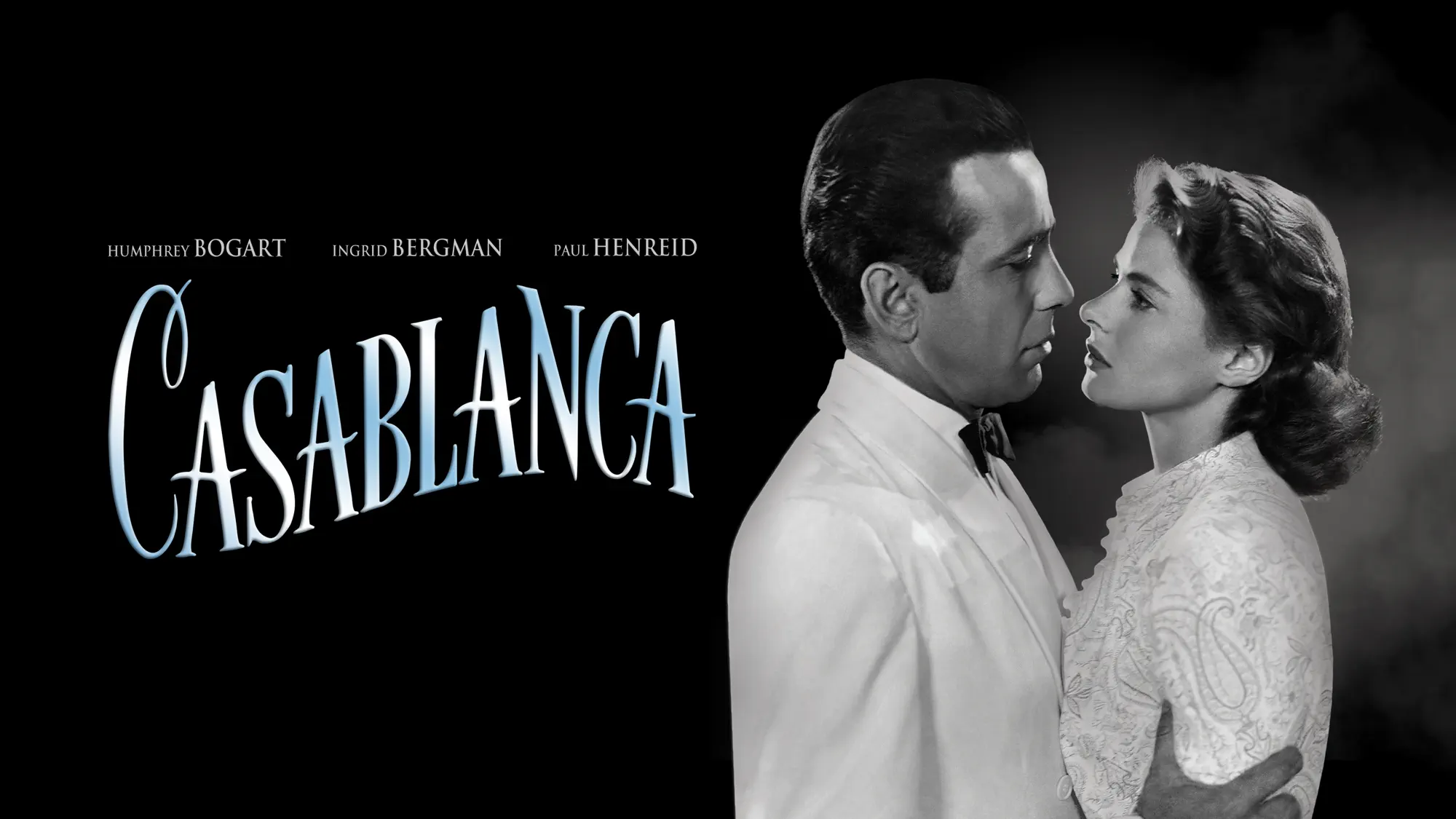


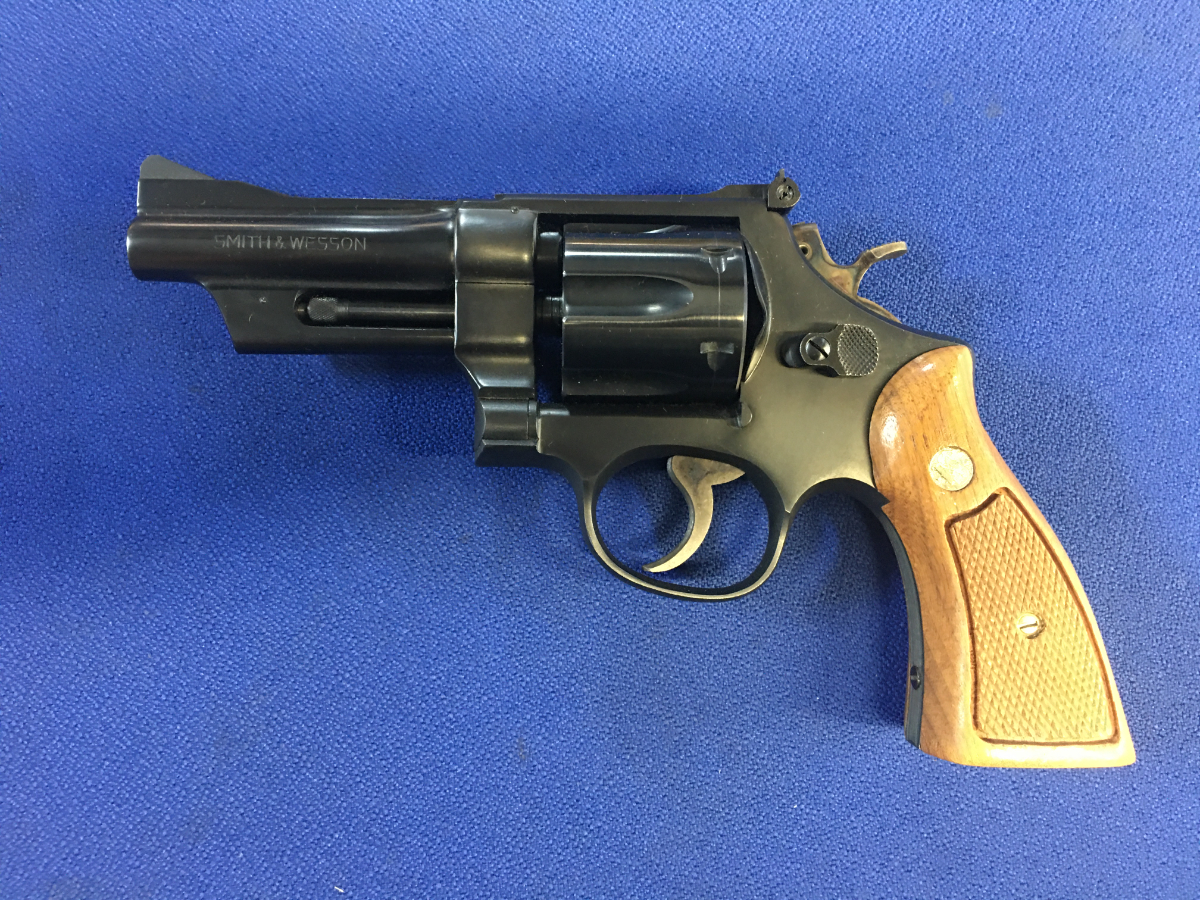
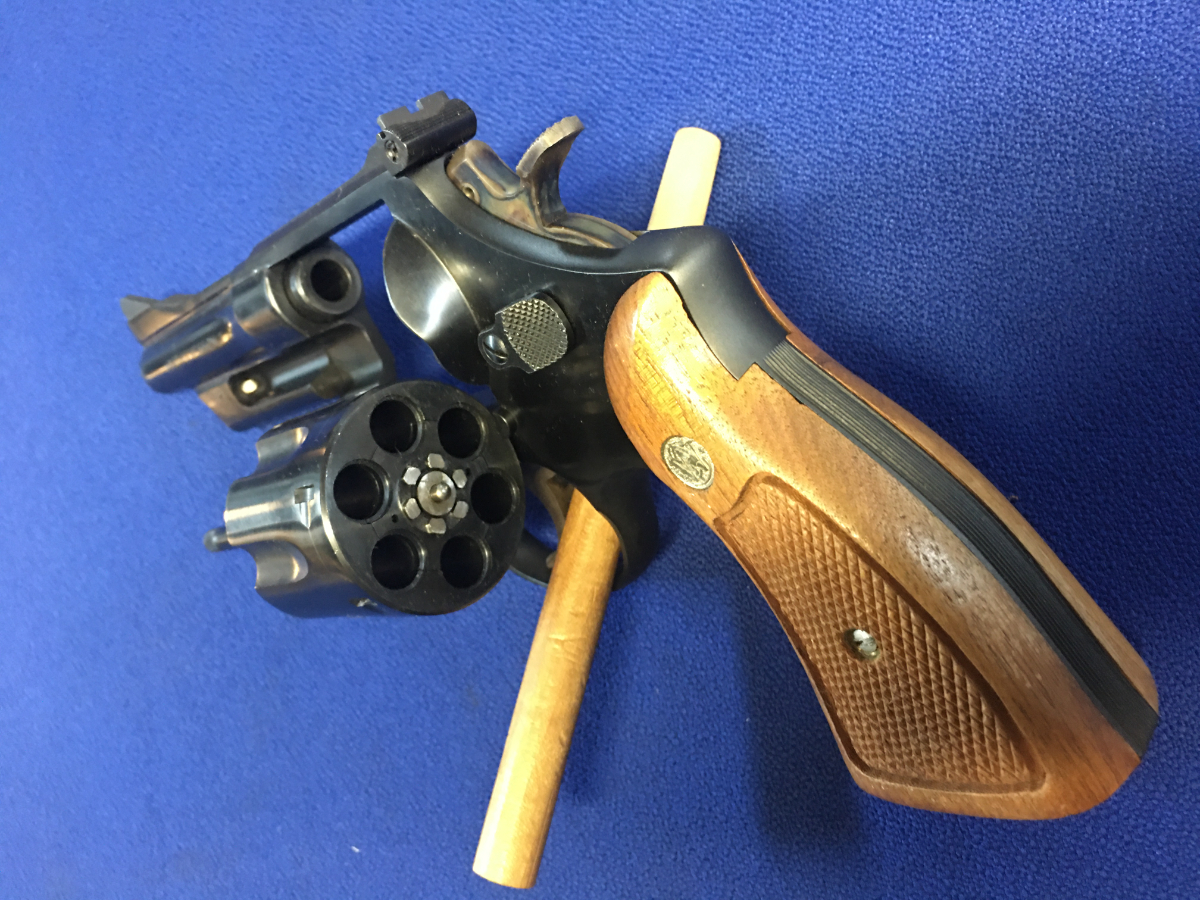
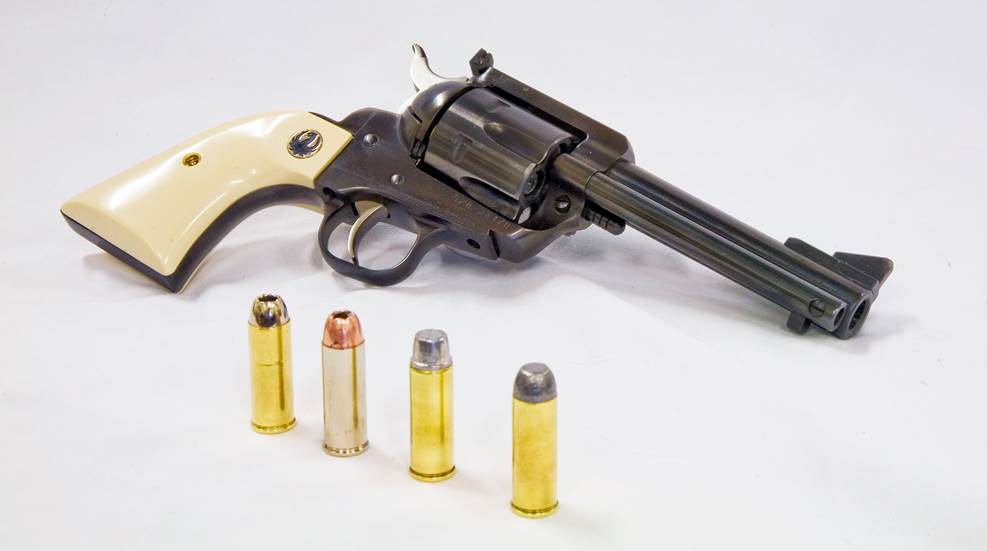
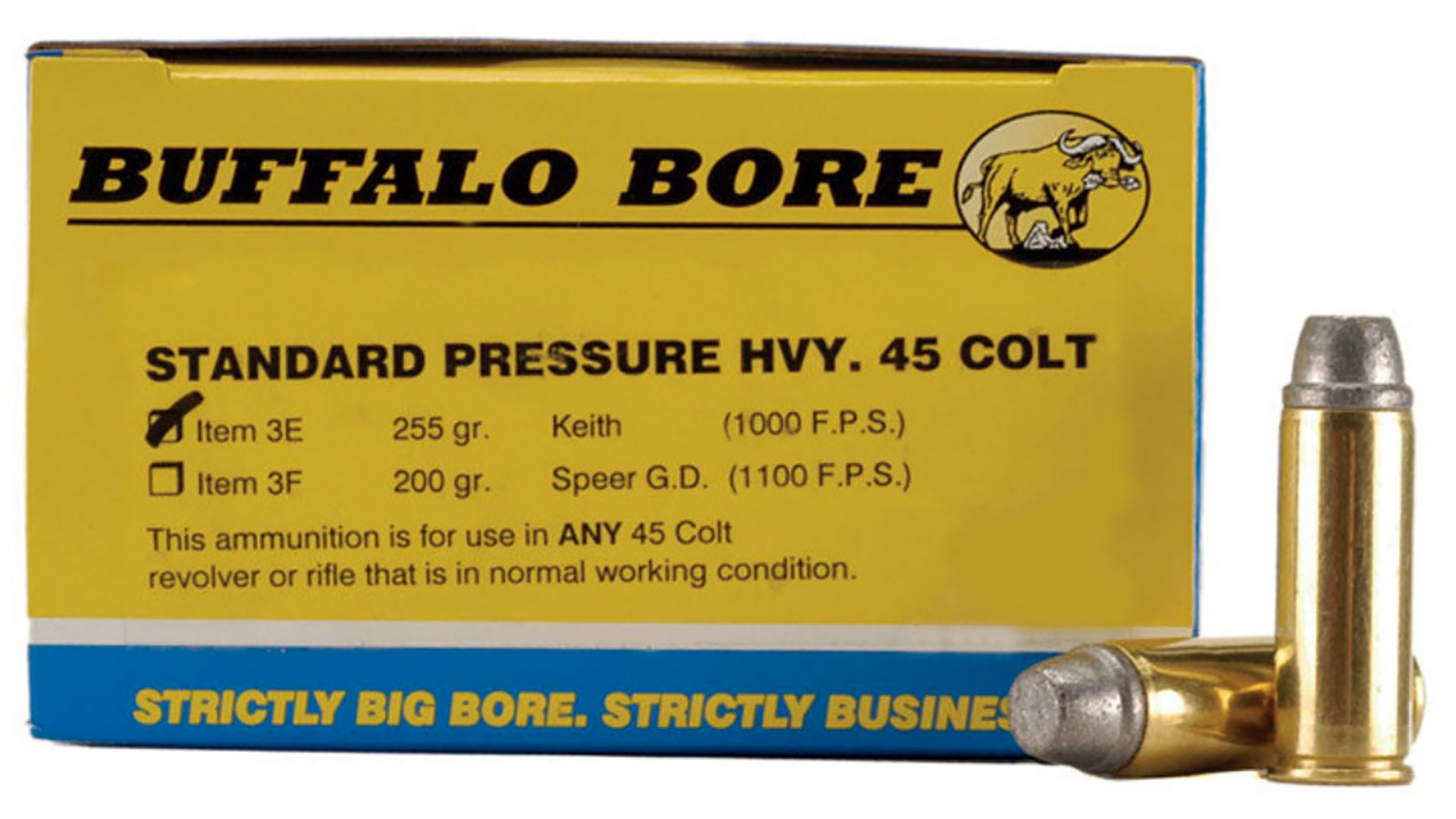 Buffalo Bore .45 Colt available today loaded with a 255 gr. lead bullet.
Buffalo Bore .45 Colt available today loaded with a 255 gr. lead bullet.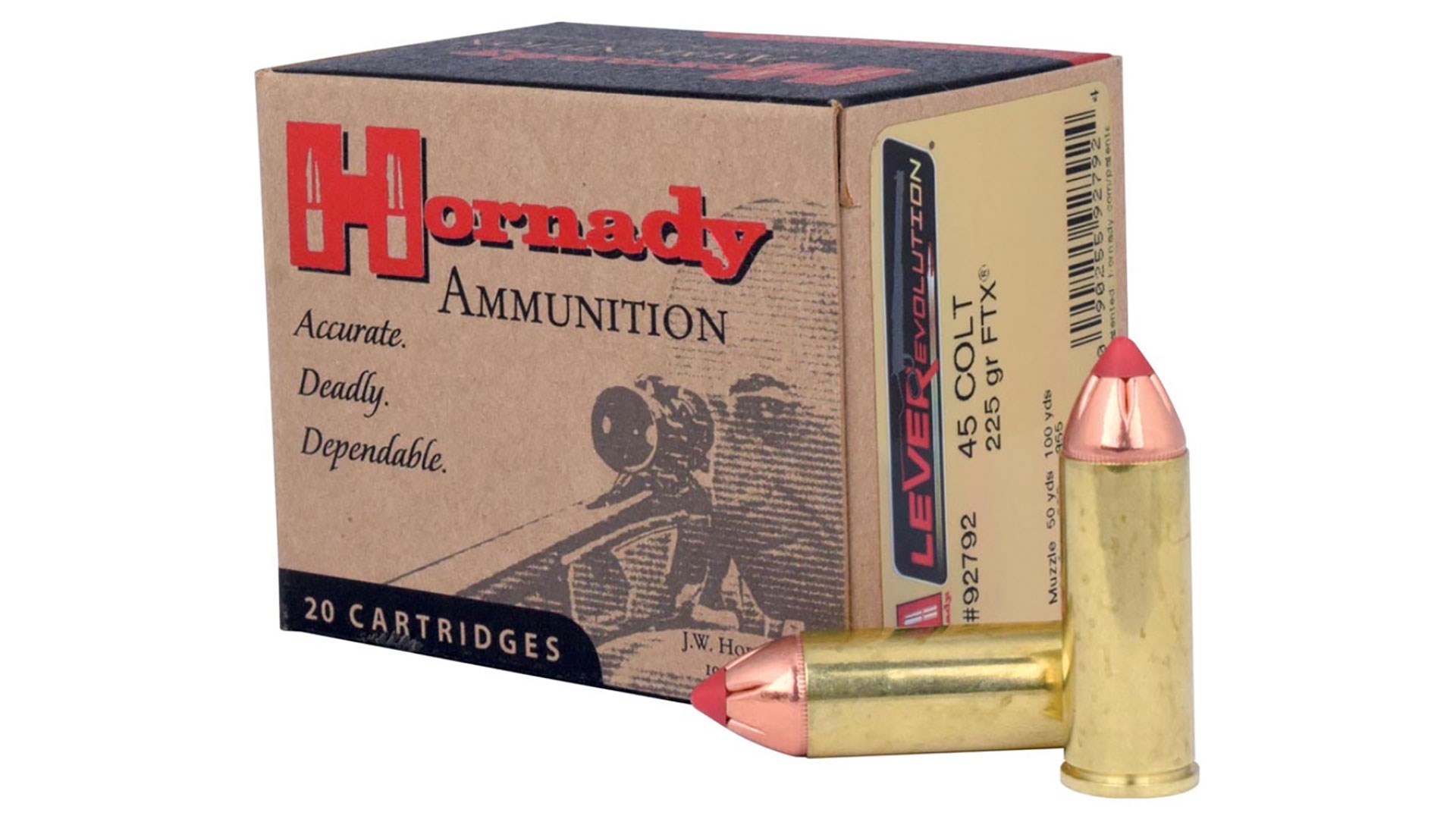 Hornady .45 Colt cartridges loaded with a .255 gr. FTX bullet.
Hornady .45 Colt cartridges loaded with a .255 gr. FTX bullet.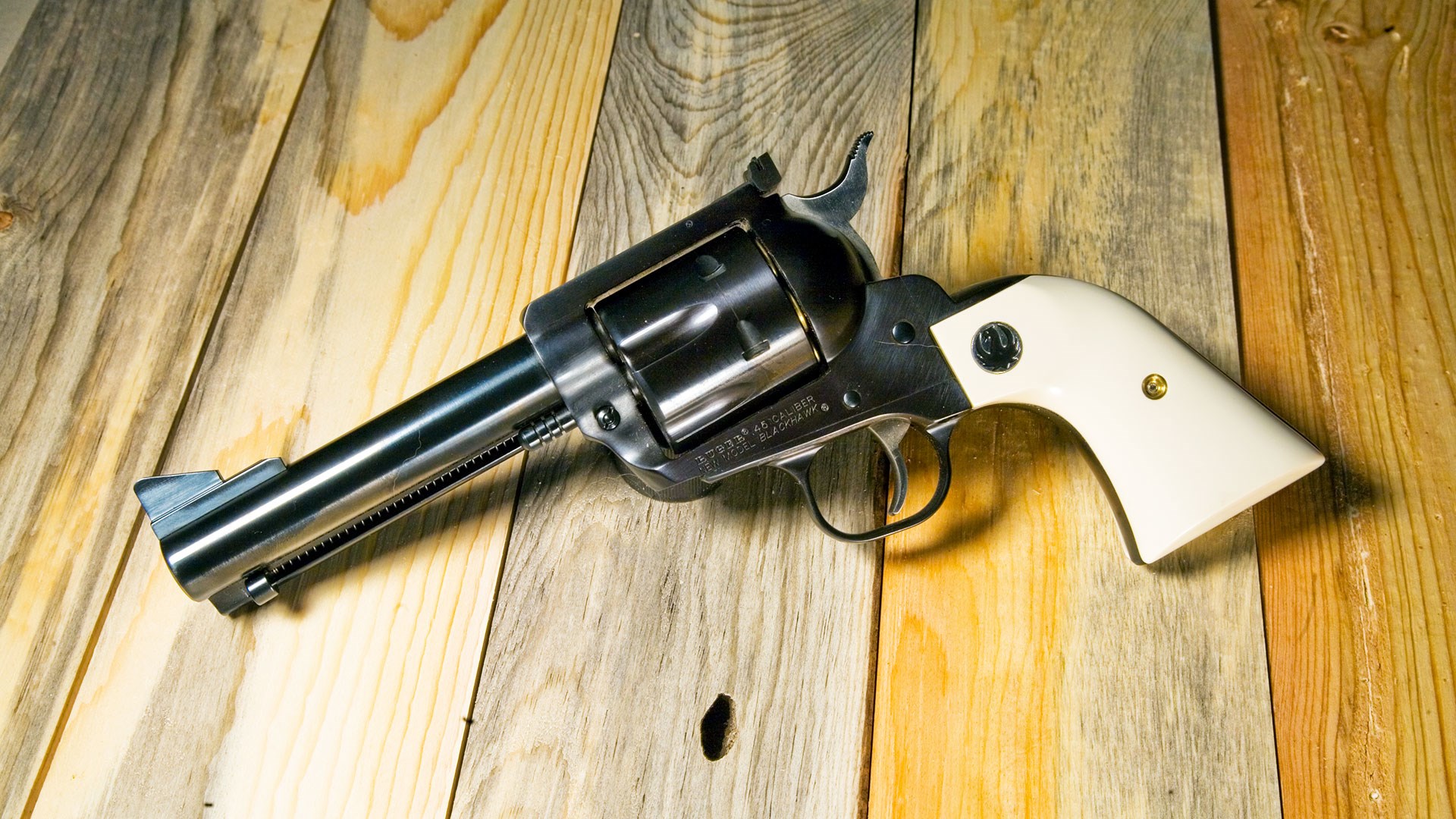 The author’s Ruger Blackhawk chambered for .45 Colt.
The author’s Ruger Blackhawk chambered for .45 Colt.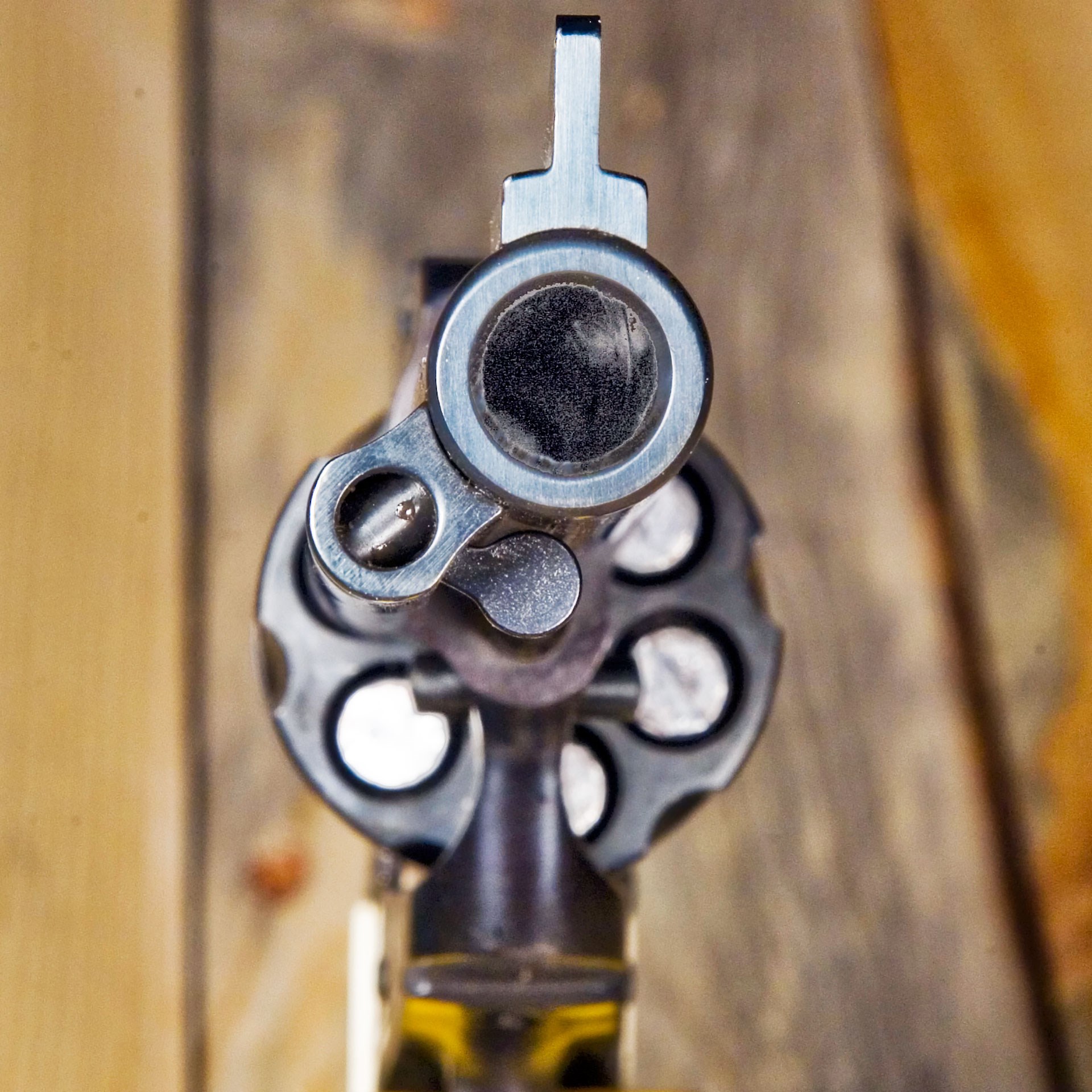 A view from the muzzle end of the author’s Ruger Blackhawk chambered for .45 Colt.
A view from the muzzle end of the author’s Ruger Blackhawk chambered for .45 Colt.